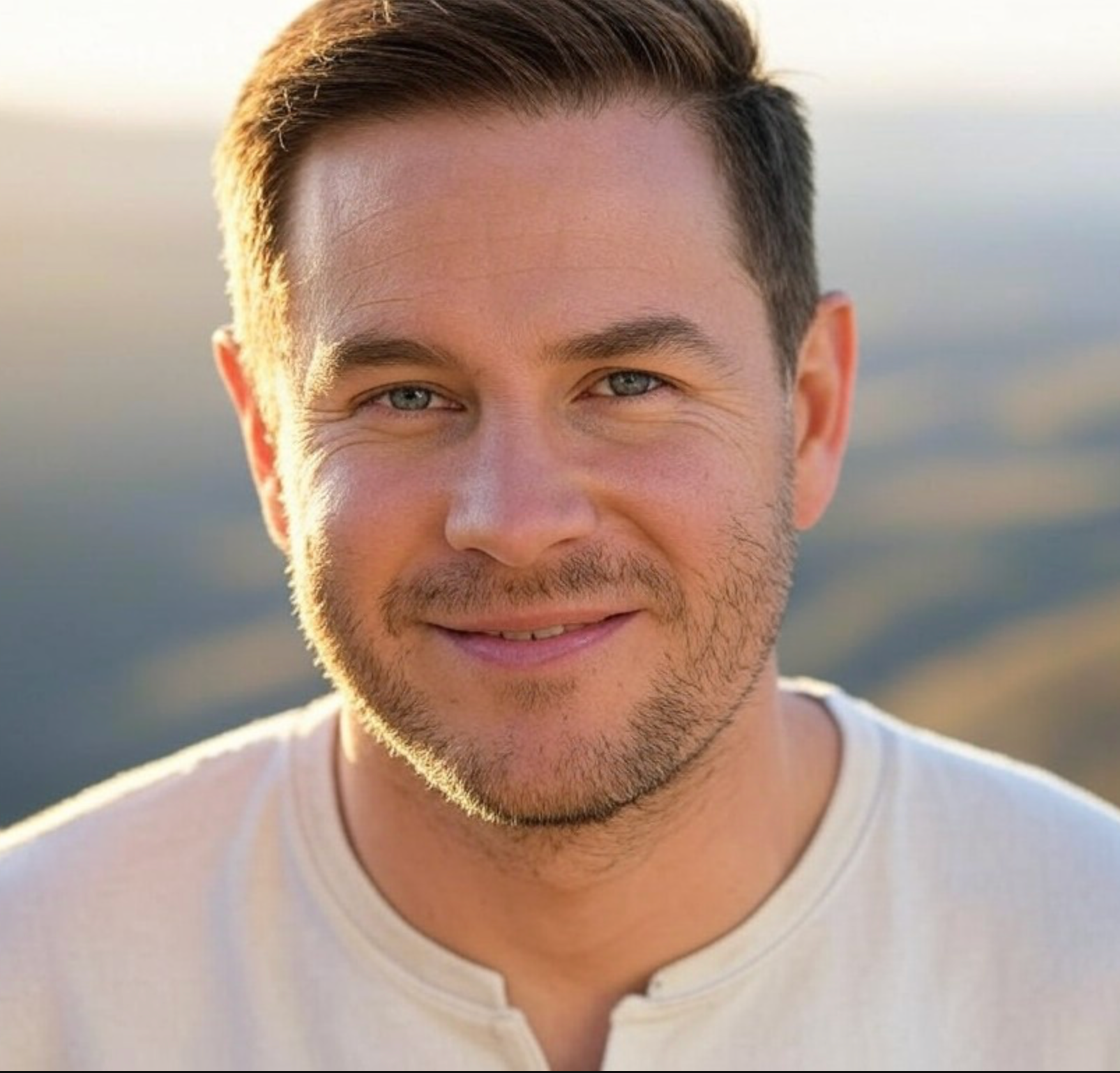Where are the Faroe Islands?
The Faroe archipelago, part of the Kingdom of Denmark, is a group of 18 volcanic islands located north of Scotland, between Iceland and Norway, in the North Atlantic. With an area of just under 1,400 km2, they are home to about 50,000 inhabitants, with Torshavn as their capital.
How to go to the Faroe Islands ?
You can go to the Faroes by plane or by ferry.
By plane, if the local company Atlantic Airways serves in season Paris, the rest of the time it is necessary to consider (among other things) a transit via Copenhagen or England to go to the archipelago.
As for the ferry, it is 36 hours of sea from Denmark, once or twice a week depending on the time of year.
What to see in the archipelago ?
Island of Streymoy
North Streymoy:
Less populated with just a few villages and wilder than the south, this part of the island offers beautiful landscapes with small mountains and cliffs falling into the sea. It is also a famous area for ornithology.
South Streymoy:
Although pretty, this part of Streymoy remains less “spectacular” than the rest of the island.
Torshavn:
It is the capital and main city of the archipelago with an architecture where modern and old are mixed in the Feringian tradition of buildings with grass roofs.
The other islands
Eysturoy:
It is the second largest island of the Faroe archipelago with lots of small “peaks” (it is where the summit of the Faroes is located), the ocean and cliffs that frame wild green valleys. You can go hiking, boating and even diving.
Mykines:
This is the westernmost island of the Faroe archipelago, just next to Vagar. It is known to be the paradise of the birds.
Sandoy:
A land of agriculture with a few towns, birds, varied flora, dunes, small lakes and landscapes of cliffs and wide grassy areas. This is Sandoy.
Suduroy:
The southernmost island is home to some five thousand inhabitants and offers, like the rest of the archipelago, beautiful desolate seascapes with high cliffs and numerous birds. There are opportunities for hiking and boat trips.
Vagar:
It is where the international airport of the archipelago is located. To the typical landscapes of the Faroes are added on Vagar the two largest lakes of the archipelago of which Sorvagsvatn, very photogenic because located in edge of a cliff directly overhanging the sea.
North Faroe Islands:
These are six volcanic and wild islands, some of which are sparsely populated, but also Klaksvík, which is the second largest town in the country. Beautiful landscapes and birds are to be discovered there.
The grinda controversial tradition
Otherwise known as the GrindadrapIt is a tradition linked to the local culture of hunting cetaceans that exists in the archipelago since the 16th century.
Today very controversial, this one still continues and one can always attend in one day the killing of several hundreds of dolphins and other whales along certain beaches of the archipelago in what is, it is necessary to say it, a true butchery…
For more details on the grindIt’s here…
When to leave to visit the Faroe Islands ?
The Faroes have an oceanic climate characterized by cool summers with average temperatures around 10°C, and mild winters where the thermometer turns around 3 or 4°C on average.
Nevertheless, whatever the season, the weather changes quickly bringing showers that alternate with beautiful clearings during the same day. Moreover, rain (260 days on average per year!), fog and wind are also present in the archipelago.
The best season to go to the Faroe Islands is summer, from June to early September.
For more information: visitfaroeislands.com
